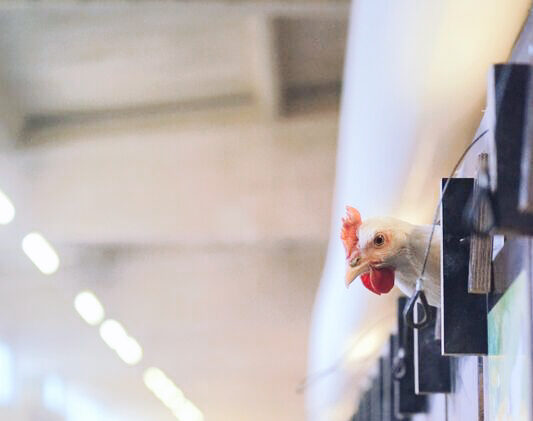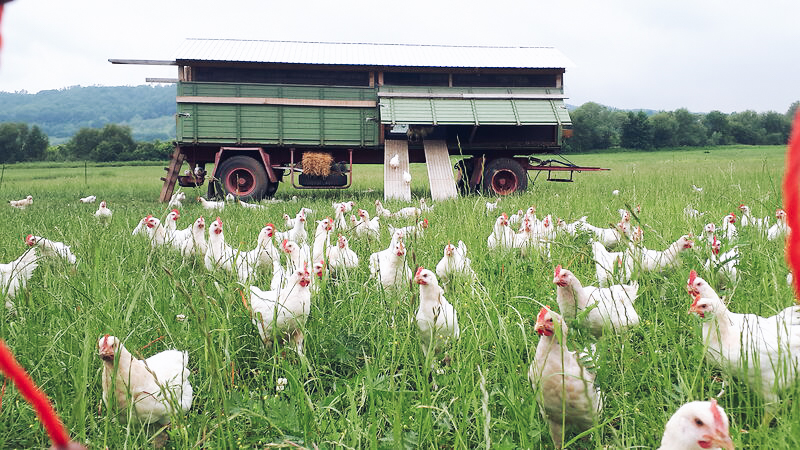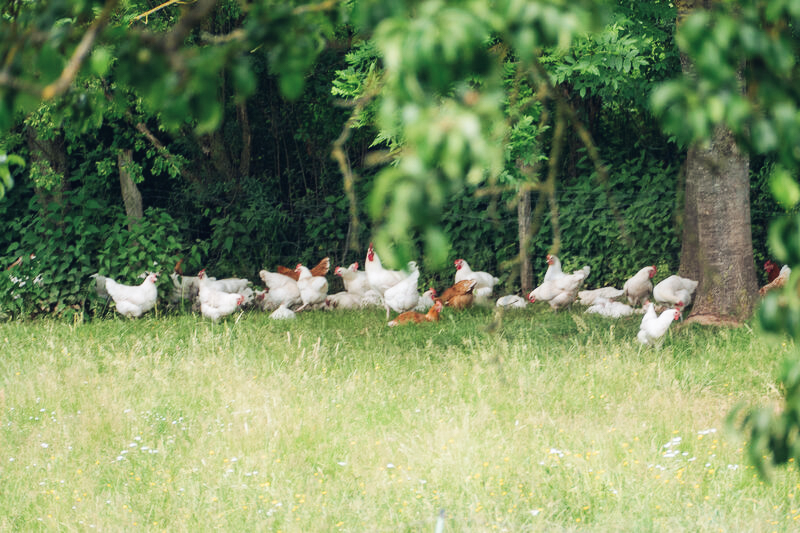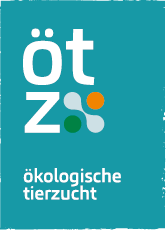Parent animals (in the context of animal breeding) are specially selected animals that are used for reproduction in order to specifically pass on genetic traits to the offspring. They form the basis for breeding animals with desired characteristics, such as high performance, health, robustness or specific traits.
Traits of parental animals:
Use in breeding: Parent animals can be used in various breeding programs, e.g. in pure breeding or crossbreeding.
Targeted selection: Parent animals are selected according to specific criteria such as genetic diversity, fertility, health or performance.
Genetic transmission: They carry the genes that are to be strengthened in a breeding line or population.
Conservation breeding refers to the targeted breeding of animals or plants in order to preserve endangered or rare breeds and species in the long term. The aim is to preserve genetic diversity and traditional characteristics that could be displaced by industrial breeding programs or changes in agriculture.
In animal breeding, particular attention is paid to robust, original characteristics and the adaptability of the animals. Conservation breeding makes an important contribution to nature conservation, biodiversity and sustainable agriculture.
In animal breeding, commercial crossbreeding refers to the targeted crossing of animals of two different breeds or breeding lines in order to combine the positive characteristics of both parents in the offspring. The aim is usually to improve characteristics such as health, performance or adaptability.

In poultry farming, a drop controll nest or hand-laid nest is a special nest constructed in such a way that hens can lay their eggs in it and these can be assigned to the individual hen.
The special thing about a drop controll nest is that the eggs roll into a protected area after laying to protect them from dirt or damage. With the ÖTZ, the hen is recorded in the nest using a transponder and is then allowed to return to the flock.
High-performance breeding refers to the targeted breeding selection and further development of animals or plants with the aim of achieving maximum performance in certain areas such as yield, growth, product quality or efficiency.
In common parlance, the term is often used to describe animals that produce particularly high levels of milk, meat or eggs and may suffer physically as a result of this greatly increased one-sided performance.
In the context of agricultural operations, circular economy refers to a sustainable management system that aims to use natural resources efficiently, minimize waste and close material cycles within the farm. Nutrients and energy are kept on the farm in order to reduce dependency on external resources and reduce the environmental impact.
Core principles of the circular economy in agriculture:
Closing nutrient cycles: Organic waste such as manure, slurry or plant residues are processed into fertilizer (e.g. compost) and spread back onto the fields to nourish the soil.
Resource efficiency: Water, energy and soil are used in such a way that losses are minimized, e.g. through rainwater collection or renewable energies.
Promote diversity: Growing different crops and keeping different animal species improves the use of resources and promotes soil fertility.
Recycling: By-products from one branch of production (e.g. straw from grain production) are used for other purposes, such as animal feed, bedding or biomass.
Regenerative practices: Measures such as humus cultivation and agroforestry bind CO₂, promote soil fertility and protect the ecosystem.
Objectives of the circular economy in agriculture:
Improving soil quality and promoting biodiversity.
Reduction of waste, for example by using organic residues.
Reducing dependence on chemical fertilizers and fossil fuels.
Promotion of a resilient, long-term sustainable operating system.
This approach supports sustainable agriculture that works in harmony with natural processes while remaining economically viable.
RZÖko stands for Organic Relative Breeding Value in the Holstein-Schwarzbunt and Holstein-Rotbunt breeds. The RZÖko is an overall breeding value that weights the individual traits it contains (e.g. longevity or body condition) and trait complexes (e.g. the complex of health traits in the RZGesund) in the sense of an ecological breeding goal. It thus serves both breeding organizations and practical breeders as a direct selection tool for the systematic realization of an ecological breeding goal. It is comparable to the ÖZW in the Fleckvieh and Braunvieh breeds.

Dual-purpose cockerel production refers to a concept in poultry farming in which the male chicks of dual-purpose chicken are reared to be used as a source of meat. In dual-purpose chicken production, the cocks grow up more slowly and reach a lower carcass weight compared to specialized broilers. The meat from these animals is considered to be of particularly high quality, aromatic and tasty.

The dual-purpose chicken refers to breeding lines that are suitable for both egg production and meat production. In contrast to specialized high-performance animals - where either high laying performance (laying hens) or rapid meat growth (broilers) are breeding objectives - the dual-purpose chicken offers the possibility of combining both characteristics in one animal.
However, as there is no specialization, the performance of eggs and meat is balanced and generally somewhat lower than the performance of specialized animals.




